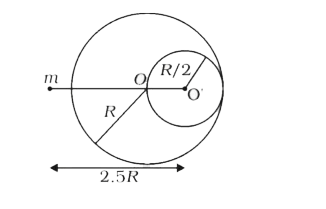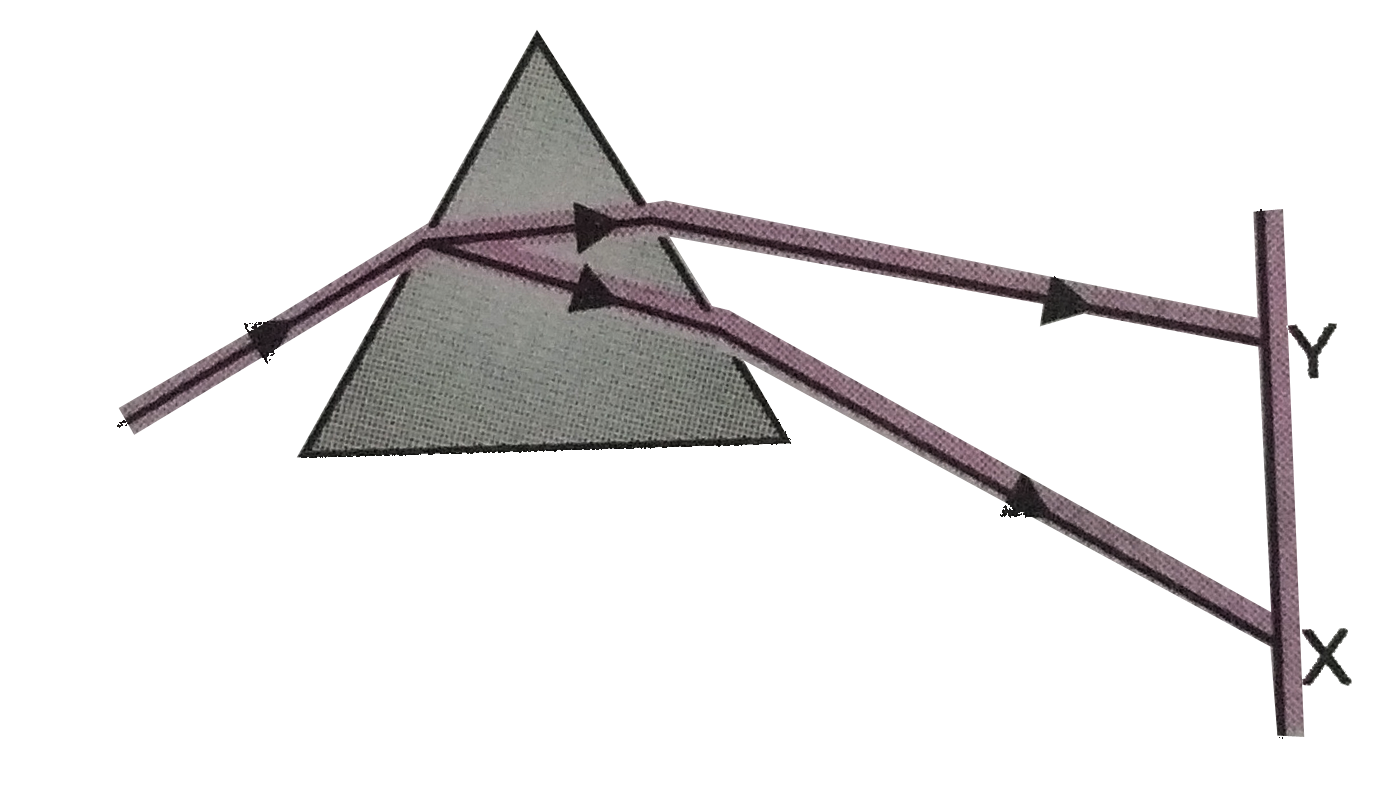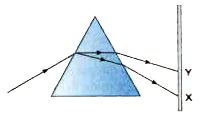Consider sunlight incident on a pinhole of width 102A0. The image of the pinhole seen on a screen shall be :
a) a sharp white ring
b) different from a geometrical image
c) a diffused central spot, white in colour
d) diffused coloured region around a sharp central white spot
only ..a.. is true
only ..b.. and ..d.. are true
only ..c.. and ..d.. are true
only ..b.. and ..c.. are true
The correct Answer is:B
Topper's Solved these Questions
- BOOK - AAKASH SERIESCHAPTER - WAVES OPTICSEXERCISE - EXERCISE -IA (MATCHING TYPE QUESTIONS)7videos
WAVES OPTICS
- BOOK - AAKASH SERIESCHAPTER - WAVES OPTICSEXERCISE - EXERCISE -IA (ASCENDING AND DSCENDING ORDER TYPE QUESTIONS)6videos
WAVES OPTICS
- BOOK - AAKASH SERIESCHAPTER - WAVES OPTICSEXERCISE - EXERCISE -IA (SATEMENT TYPE QUESTIONS)12videos
WAVES OPTICS
- BOOK - AAKASH SERIESCHAPTER - WAVESEXERCISE - EXERCISE-III (Doppler effect :)15videos
WAVES
Similar Questions
Consider sunlight incident on a pinhole of width 103Å. The image of the pinhole seen on a screen shall be
View SolutionA solid sphere of radius R/2 is cut out of a solid sphere of radius R such that the spherical cavity so formed touches the surface on one side and the centre of the sphere on the other side, as shown. The initial mass of the solid sphere was M. If a particle of mass m is placed at a distance 2.5R from the centre of the cavity, then what is the gravitational attraction on the mass m?
 View Solution
View Solution
Knowledge Check
- Question 1 - Select One or More
Consider sunlight incident on a pinhole of width 103Å. The image of the pinhole seen on a screen shall be
Aa sharp white ring.Bdifferent from a geometrical image.Ca diffused central spot, white in colour.Ddiffused coloured region around a sharp central white spot.
Monochromatic light with wavelength 420 nm is incident on a slit with width 0.050 mm. The distance from the slit to a screen is 3.5 m. Consider a point on the screen 2.2 cm from the central maximum. Calculate (a) θ for that point, (b) α, and (c) the ratio of the intensity at that point to the intensity at the central maximum.
View SolutionIf white light is used in Young's double -slit experiment
a) bright white fringe is formed at the centre of the screen
b) fringes of different colours are observed on both sides of central fringe clearly only in the first order
c) the first order violet fringes are closer to the centre of the screen than the first order red fringes
d) the first order red fringes are closer to the centre of the screen than the first order violet fringesView Solution(a) Explain two features to distinguish between the interference pattern in Young's double slit experiment with the difference pattern obtained due to a single slit.
(b) A monochromatic light of wavelength 500nm is incident normally on a single slit of width 0.2 nm of produce a diffraction pattern. Find the angular width of the central maximum obtained on the screen.
Estimate the number of fringes obtained in Young's double slit experimental with fringe width 0.5mm, which can be accommodated within the region of total angular spread of the central maximum due to single slit.View SolutionIn the figure , if a parallel beam of white light is incident on the plane of the slits S1andS2 then the distance of the nearest white spot on the screen from O is [ Assume D>>d,d>>λ ]
 View Solution
View SolutionIn the figure , if a parallel beam of white light is incident on the plane of the slits S1andS2 then the distance of the nearest white spot on the screen from O is [ Assume D>>d,d>>λ ]
 View Solution
View SolutionA narrow beam of white light is shown to pass through a triangular glass prism. After passing through the prism, it produces a specturm XY on a screen.
(a) State the colour seen at XandY.
(b) Why do different colours of white light bend through different angles with respect to the incident beam of light ?
 .View Solution
.View SolutionIn the given figure, a narrow beam of white light is shown to pass through a triangular glass prism. After passing through the prism it produces a spectrum XY on a screen.
(a) State the colour seen at X and Y.
(b) Why do different colours of white light bend through different angles with respect to the incident beam of light?
 View Solution
View Solution

